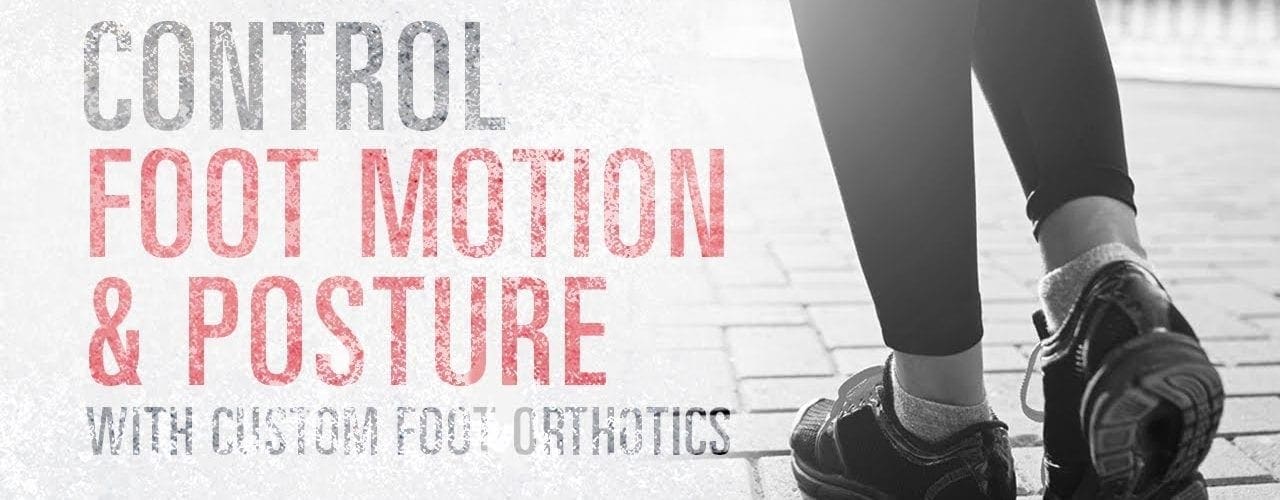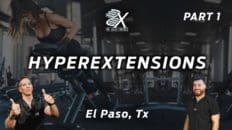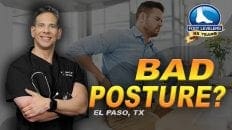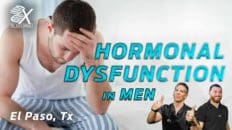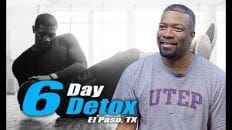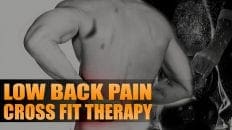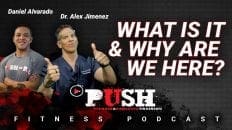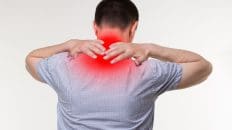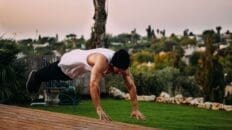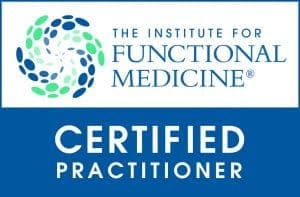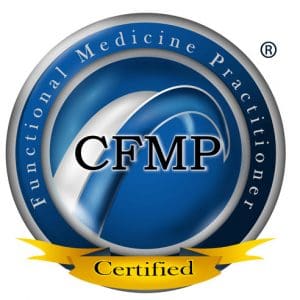Living in pain is something no one should have to deal with. Often times, we do not realize that the posture we have, the low back pain, or shoulder discomfort we carry around daily is associated with the motion of our feet. As we walk, run, jump or stand for long periods of time, our feet move. The motion in which our feet move can be classified with differently. Unfortunately, most individuals have over pronated or over supinated feet. The overextension of these feet is what causes pain. Having orthotics that are custom made to each individual’s foot is what we see the best results with. By having an orthotic that is custom 3-D printed to you, you will find that the body will react. The body will feel and act with these adjustments, thus diminishing the pain felt in the ankle, knees, hips, low back and shoulder/neck areas. Personally, as a female, the really cute shoes do not have arch support. This would leave my feet and hips aching. Luckily, with the custom 3-D printed orthotics, they can slide into many of my shoes, allowing me to still wear fashionable shoes while also providing my body with the comfort and support it needs to function optimally. Living with discomfort does not have to be an everyday occurrence and giving up the shoes you love does not have to happen! There is a way to have the best of both worlds. Dr. Alexander Jimenez has the technology needed to scan all patients feet and get them properly fitted. – Kenna Vaughn, Senior Health Coach
[00:00:13] It’s probably good for us to start and ask why do we use foot orthoses? Why do we prescribe them?
[00:00:21] Foot orthoses help control motion? Do they have a shock attenuation effect?
[00:00:27] Do they have a neurosensory effect?
[00:00:30] And the focus of our discussion is going to be on the use of orthotics to control either excessive foot mobility or to control foot posture. For 22 years when I was at Northern Arizona University in the School of Physical Therapy, I did all the foot orthotic management for the intercollegiate athletic program there. And we were a Division One school. So we had roughly 400 athletes on scholarship , of that 400 athletes I probably saw in my clinic around 100 to 120 a year. Seeing those athletes, those hundred, 120 athletes I made orthotics for about half. So it’s very obvious that the majority of orthotics made at least for an athletic population, is going to be controlling foot posture or mobility or changing foot position or foot posture.
[00:01:20] We had to start to think about what are the theories for using foot orthoses for motion or posture control. The biomechanical paradigm is the classic reason for using foot orthoses, and it’s based on the hypothesis that excessive foot pronation or a flat foot posture is a major contributor to lower limb injuries. But there are two additional paradigms for trying to explain the use of foot orthosis for overuse injuries, shock attenuation paradigm and the neurosensory paradigm. shock attenuation, the foot orthotic is acting as a cushioning interface between the ground, shoe, and the foot. Neuro sensory, the foot orthoses is now acting as a sensory modulator or providing or modulating afferent input through the plantar surface of the foot. In her study, the one done by MIL’s in 2010, she included slides that focus strictly on the mechanism of action, not efficacy, not how well they work clinically. But did they mechanically do what they were supposed to do?
[00:02:25] She reported on the effectiveness for foot orthoses for motion control, shock attenuation and neurosensory. What did she find? What were her findings for motion control that posted, molded and posted non molded orthoses have a significant effect of decreasing rearfoot eversion.
[00:02:46] I just want to provide you with a little data from studies that we’ve been doing here with runners. And you can see that this runner who has orthotics. She’s in lightweight trainers with no orthotics. And we can see that the amount of pronation that we measure is fifteen point five degrees. Here she’s wearing the same lightweight trainers, but with her custom orthotics and the degree of change is fourteen point eight. Here she’s using a motion control shoe with her orthotics and the change is roughly fourteen point two degrees. So we can see that there is some modification, but not by any means a great amount. And this is the custom orthotic that she was using. You can see rearfoot posting with substantial amount of cork and also a rigid plate with a soft-top cover. What about the neuros sensory effect from my own experience, fitting orthotics for the last 30 years, I believe there is a strong neurosensory component. But I want to make a point here.
[00:03:50] When you look at the brain and we look at the areas in the brain that are responsible for both sensory and motor control. You see here there’s a tremendous amount of the brain dedicated to the hand and to the face, a relatively small amount to the foot.
[00:04:08] But when we go to the sensory.
[00:04:10] We see what? a very, very large amount, as I said before, there are close to six to eight thousand sensory organs on the bottom of the foot that are providing sensory information.
[00:04:22] And we have to suspect that a foot orthotic is also causing some stimulation of those sensory organs.
General Disclaimer
Professional Scope of Practice *
The information herein on "Controlling Foot Motion | Video" is not intended to replace a one-on-one relationship with a qualified health care professional or licensed physician and is not medical advice. We encourage you to make healthcare decisions based on your research and partnership with a qualified healthcare professional.
Blog Information & Scope Discussions
Welcome to El Paso's Premier Wellness and Injury Care Clinic & Wellness Blog, where Dr. Alex Jimenez, DC, FNP-C, a Multi-State board-certified Family Practice Nurse Practitioner (FNP-BC) and Chiropractor (DC), presents insights on how our multidisciplinary team is dedicated to holistic healing and personalized care. Our practice aligns with evidence-based treatment protocols inspired by integrative medicine principles, similar to those found on this site and our family practice-based chiromed.com site, focusing on restoring health naturally for patients of all ages.
Our areas of multidisciplinary practice include Wellness & Nutrition, Chronic Pain, Personal Injury, Auto Accident Care, Work Injuries, Back Injury, Low Back Pain, Neck Pain, Migraine Headaches, Sports Injuries, Severe Sciatica, Scoliosis, Complex Herniated Discs, Fibromyalgia, Chronic Pain, Complex Injuries, Stress Management, Functional Medicine Treatments, and in-scope care protocols.
Our information scope is multidisciplinary, focusing on musculoskeletal and physical medicine, wellness, contributing etiological viscerosomatic disturbances within clinical presentations, associated somato-visceral reflex clinical dynamics, subluxation complexes, sensitive health issues, and functional medicine articles, topics, and discussions.
We provide and present clinical collaboration with specialists from various disciplines. Each specialist is governed by their professional scope of practice and their jurisdiction of licensure. We use functional health & wellness protocols to treat and support care for musculoskeletal injuries or disorders.
Our videos, posts, topics, and insights address clinical matters and issues that are directly or indirectly related to our clinical scope of practice.
Our office has made a reasonable effort to provide supportive citations and has identified relevant research studies that support our posts. We provide copies of supporting research studies upon request to regulatory boards and the public.
We understand that we cover matters that require an additional explanation of how they may assist in a particular care plan or treatment protocol; therefore, to discuss the subject matter above further, please feel free to ask Dr. Alex Jimenez, DC, APRN, FNP-BC, or contact us at 915-850-0900.
We are here to help you and your family.
Blessings
Dr. Alex Jimenez DC, MSACP, APRN, FNP-BC*, CCST, IFMCP, CFMP, ATN
email: coach@elpasofunctionalmedicine.com
Multidisciplinary Licensing & Board Certifications:
Licensed as a Doctor of Chiropractic (DC) in Texas & New Mexico*
Texas DC License #: TX5807, Verified: TX5807
New Mexico DC License #: NM-DC2182, Verified: NM-DC2182
Multi-State Advanced Practice Registered Nurse (APRN*) in Texas & Multistate
Multistate Compact RN License by Endorsement (42 States)
Texas APRN License #: 1191402, Verified: 1191402 *
Florida APRN License #: 11043890, Verified: APRN11043890 *
* Prescriptive Authority Authorized
ANCC FNP-BC: Board Certified Nurse Practitioner*
Compact Status: Multi-State License: Authorized to Practice in 40 States*
Graduate with Honors: ICHS: MSN-FNP (Family Nurse Practitioner Program)
Degree Granted. Master's in Family Practice MSN Diploma (Cum Laude)
Dr. Alex Jimenez, DC, APRN, FNP-BC*, CFMP, IFMCP, ATN, CCST
My Digital Business Card
RN: Registered Nurse
APRNP: Advanced Practice Registered Nurse
FNP: Family Practice Specialization
DC: Doctor of Chiropractic
CFMP: Certified Functional Medicine Provider
MSN-FNP: Master of Science in Family Practice Medicine
MSACP: Master of Science in Advanced Clinical Practice
IFMCP: Institute of Functional Medicine
CCST: Certified Chiropractic Spinal Trauma
ATN: Advanced Translational Neutrogenomics






